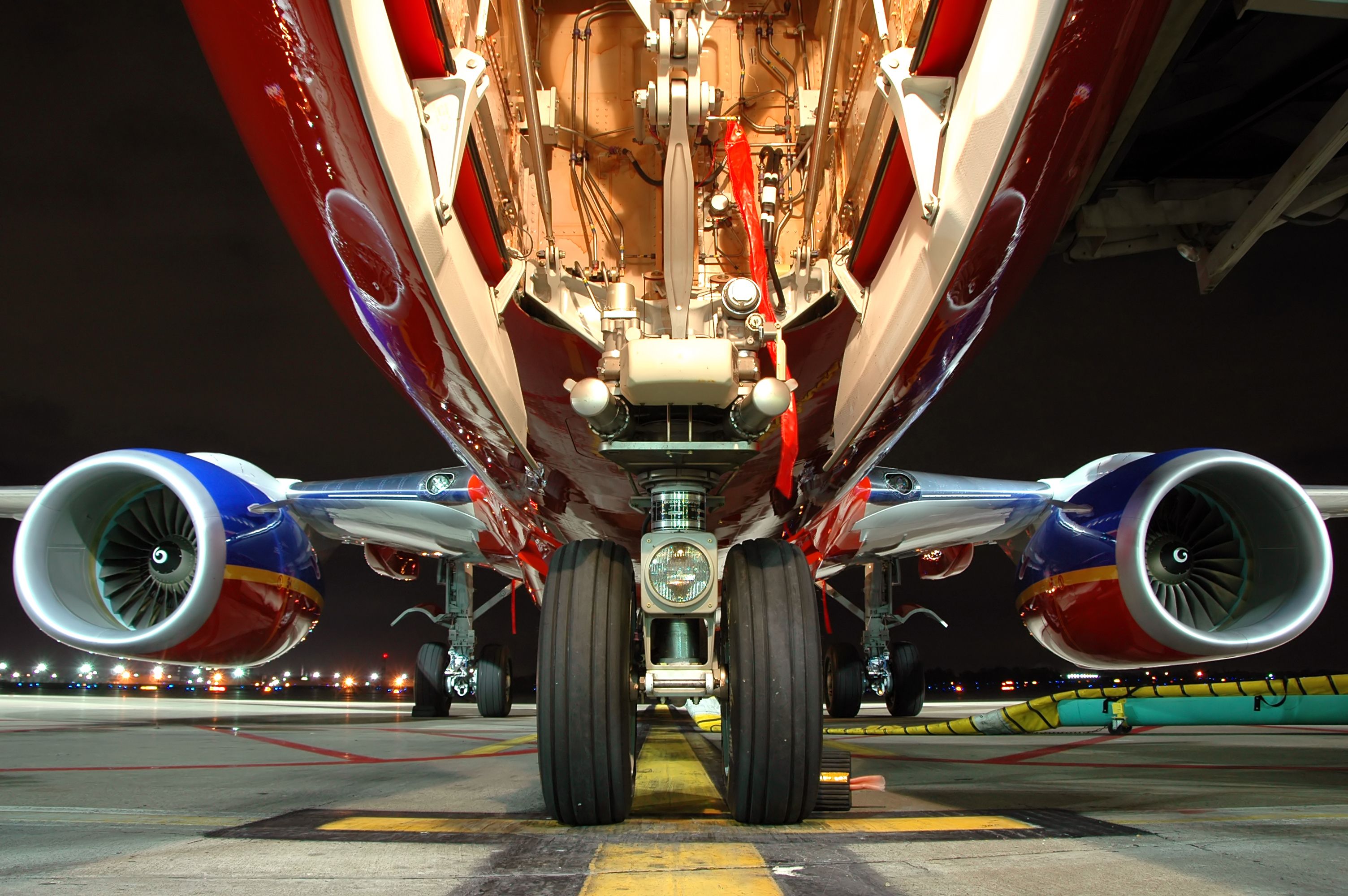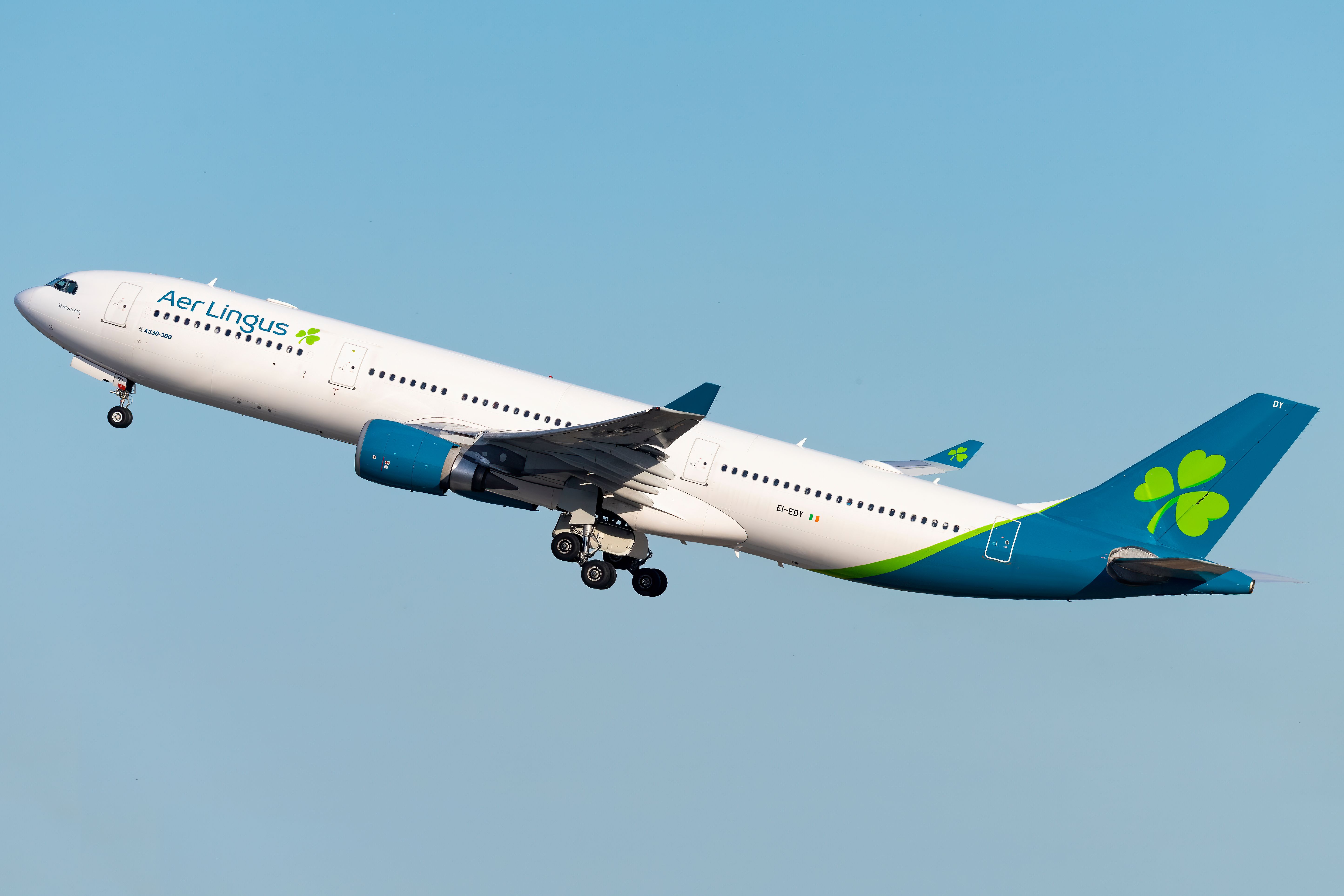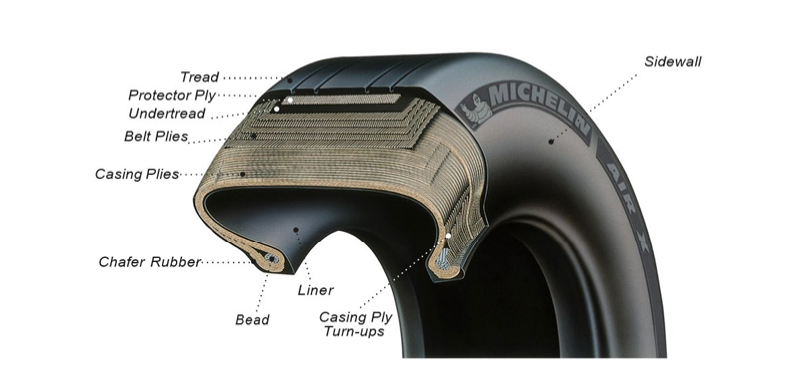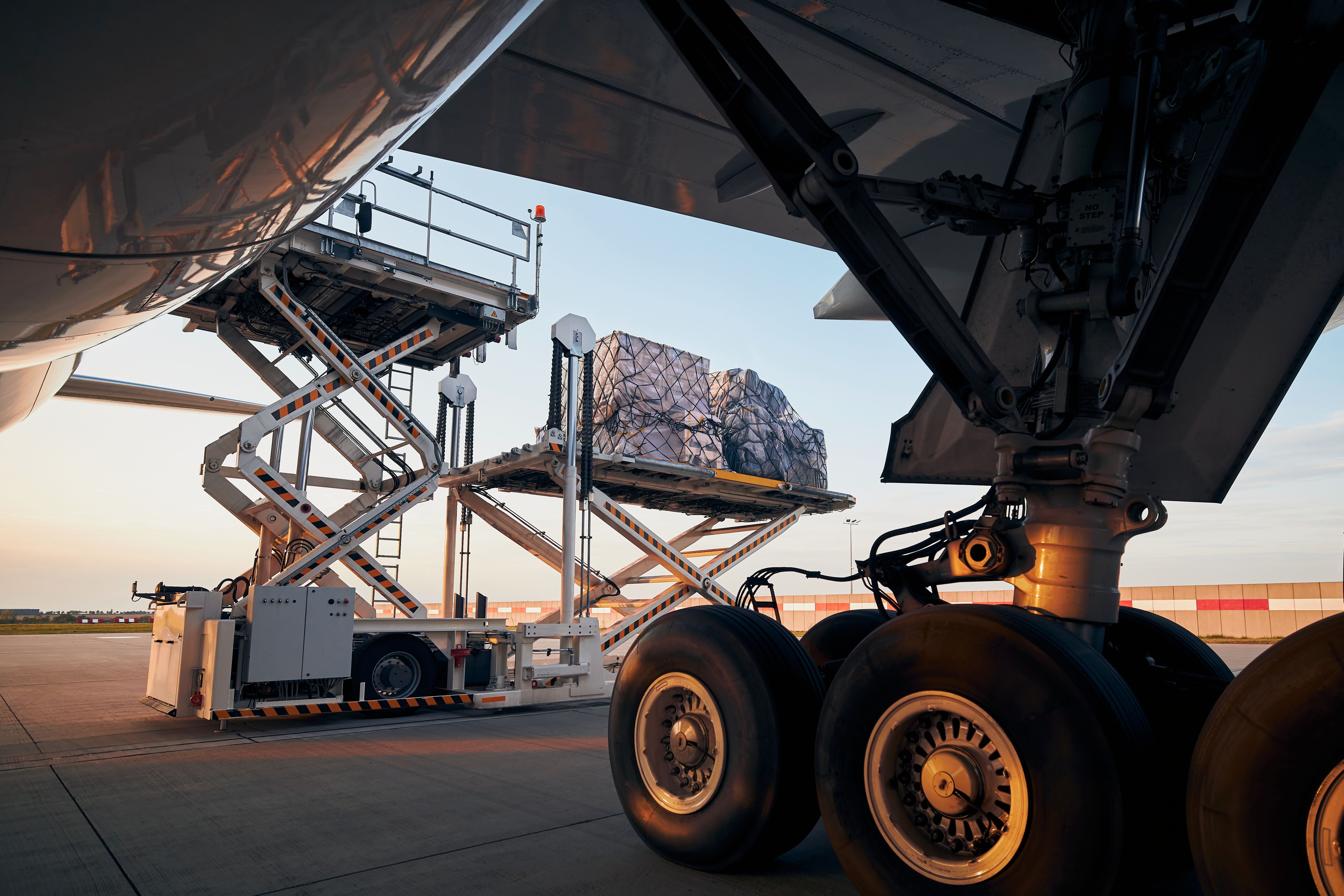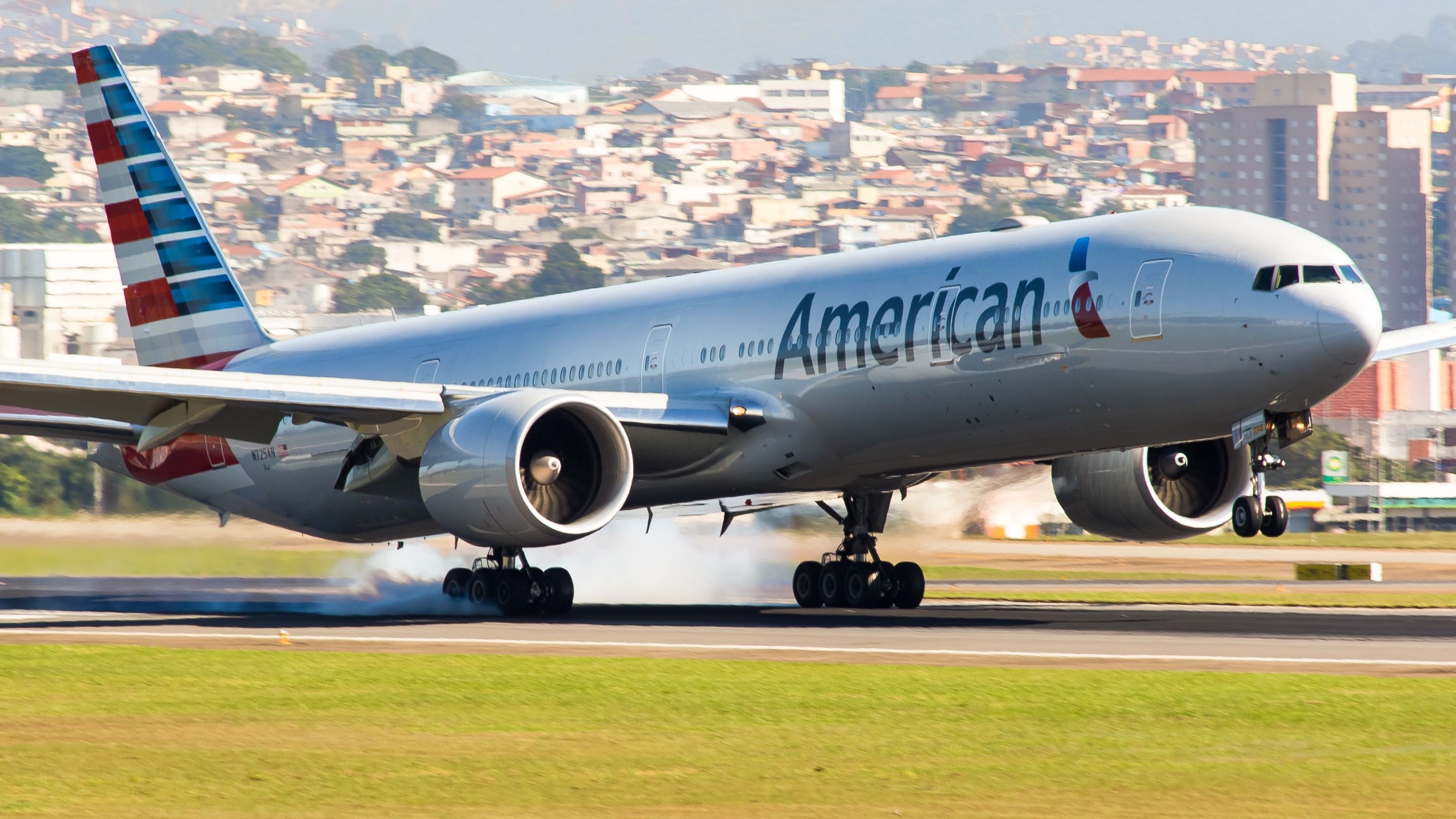Summary
- The most relevant aspect determining the strength of an aircraft’s tire is its pressure, which is six times the one you find in the average automotive tire.
- Treads on an aircraft tire differ from the blocks found on a car’s tire, and nitrogen is used instead of air to inflate aircraft wheels.
- Parallel grooves are used instead of block treads to enhance the plane’s tire performance, which can perform between 120 and 300 landings on average before being replaced.
- Aircraft wheels and their braking system paved the way for the anti-lock braking system (ABS) now used on cars.
They say details make the difference in life. Aviation is no exception. When we talk about airplanes, our minds immediately think of them in their entirety. However, these complex machines are the result of millions of different parts that harmoniously work together. Each is essential; take one away, and the aircraft might not be flying-worthy.
Some of these numerous components are not even necessary throughout a flight. An aircraft’s wheels are a good example. Although essential during taxiing, take-off, and landing, they play no role when the aircraft is flying. However, when on the ground, the wheels’ structure and the quality of the tires are fundamental for operational safety. As you might reasonably expect, aircraft tires differ to a relevant extent from your car’s. The engineering and technology behind aircraft tires are fascinating, so Simple Flying put together five interesting facts you might not know about them.
1 Working under (a lot of) pressure
An aircraft’s tire has six times the pressure of a car’s
Some say they work well under pressure. Well, aircraft tires definitely do.
It suffices to say that the rudder of a commercial jet is inflated to an average of 200 psi (pounds per square inch, i.e., the pressure that results when a 1-pound force is applied to an area of 1 square inch), which is roughly six times what you find in the average car tire. If we are talking about fighter jets, the numbers go even higher – the rudders of an F16, for instance, are inflated to a staggering 320 psi.
Photo: Media_works I Shutterstock
You might think that such pressure could easily cause a blowout. However, such incidents are rarely heard of in aviation. The reason is that aircraft tires are designed and produced to withstand four times the pressure for which they are rated for at least three seconds, thus lowering the chances of a blowout to minimal levels.
2 Different treads for different operational conditions
Aircraft tires only have parallel treads
Next time you take a car, make sure to have a close look at the tires. You’ll notice these are characterized by block patterns, whose primary function is to enhance the tire performance and adherence to the asphalt, facilitate acceleration, and avoid a phenomenon called aquaplaning, i.e., water causing the car to skid on wet terrains.
Aircraft and cars, however, operate in somewhat different conditions. Therefore, the treads on aircraft tires differ from those of cars. Indeed, plane tires present parallel grooves instead of blocks. The different tread designs are used because the moment an aircraft touches down, the wheels skid; they don’t roll. In the first few instances after landing, the aircraft virtually drags the wheels until their rotational speed matches that of the aircraft. If aircraft tires had block patterns like cars, these would most likely break off.
Similar to the block patterns on automotive tires, the parallel grooves help enhance the grip between the tires and the runway. They also help prevent hydroplaning, which could be highly dangerous for an aircraft. However, engines take care of acceleration on a plane, so treads are not intended to assist the aircraft in this. Interestingly, up to two parallel grooves usually have no other function but to indicate the degree of tire wear.
Photo: Carlos E. Santa Maria I Shutterstock
3 What’s inside?
Aircraft tires are not inflated with oxygen
Have you ever asked yourself what is used to inflate your car’s tires? The answer to this question is straightforward – air. However, this is not the case for aircraft tires.
A specific gas, nitrogen, is used to inflate a plane tire. So the question now is, why can’t air be used? Well, oxygen is the reason. In the past, this gas was commonly used to inflate aircraft tires. However, this led to several incidents where the plane’s tires exploded. Being an inert gas, nitrogen does not react, or just minimally, to the marked temperature and pressure changes a tire undergoes during a flight.
Photo: Vincenzo Pace I Simple Flying
More specifically, the issue with oxygen is that it could easily ignite when interacting with the wheel’s braking systems, as these easily reach temperatures as high as several hundred degrees after landing. Considering the inside of an aircraft’s tire, there is another significant difference compared to cars – a plane tire is indeed tubeless. As shown in the photo below, several are the components of an aircraft tire, including:
- Tread
- Protector ply
- Under-tread
- Belt plies
- Casing plies
- Chafer rubber
- Bead
- Liner
- Casing plies turn-ups
Photo: Michelin
4 Lifecycle and the importance of retreading
Aircraft tires perform an average of 200 to 300 landings
Looking at an aircraft landing, there is little doubt that an aircraft tire does not last as long as the aircraft itself.
On average, the tire of a commercial aircraft can perform between 200 and 300 landings, translating into approximately six months’ worth of flights. However, it is essential to highlight that these figures vary greatly depending on the type of aircraft flown, passenger or cargo, the model, the routes flown, and the environmental conditions of the airports it flies to. Therefore, to be even more precise, the lifecycle of an aircraft tire could be comprised of between 120 and 400 landings.
If the lowest average of landings is considered, 120, an airline would need to bear unspeakable costs to continuously buy new tires. Luckily, aircraft tires, as proven several times up to this point, differ from automotive tires. This means that retreading is accepted and the norm in aviation. Before being permanently replaced, aircraft tires are retreated eight to ten times. This is excellent news for airlines because the retreading cost is approximately one-fourth of the price of a new tire. To better gauge the value of retreading for airlines, let’s say that the cost of a new tire for the Airbus A380 can be as high as $5,500, and this aircraft has 22 of them, for an overall cost of $121,000.
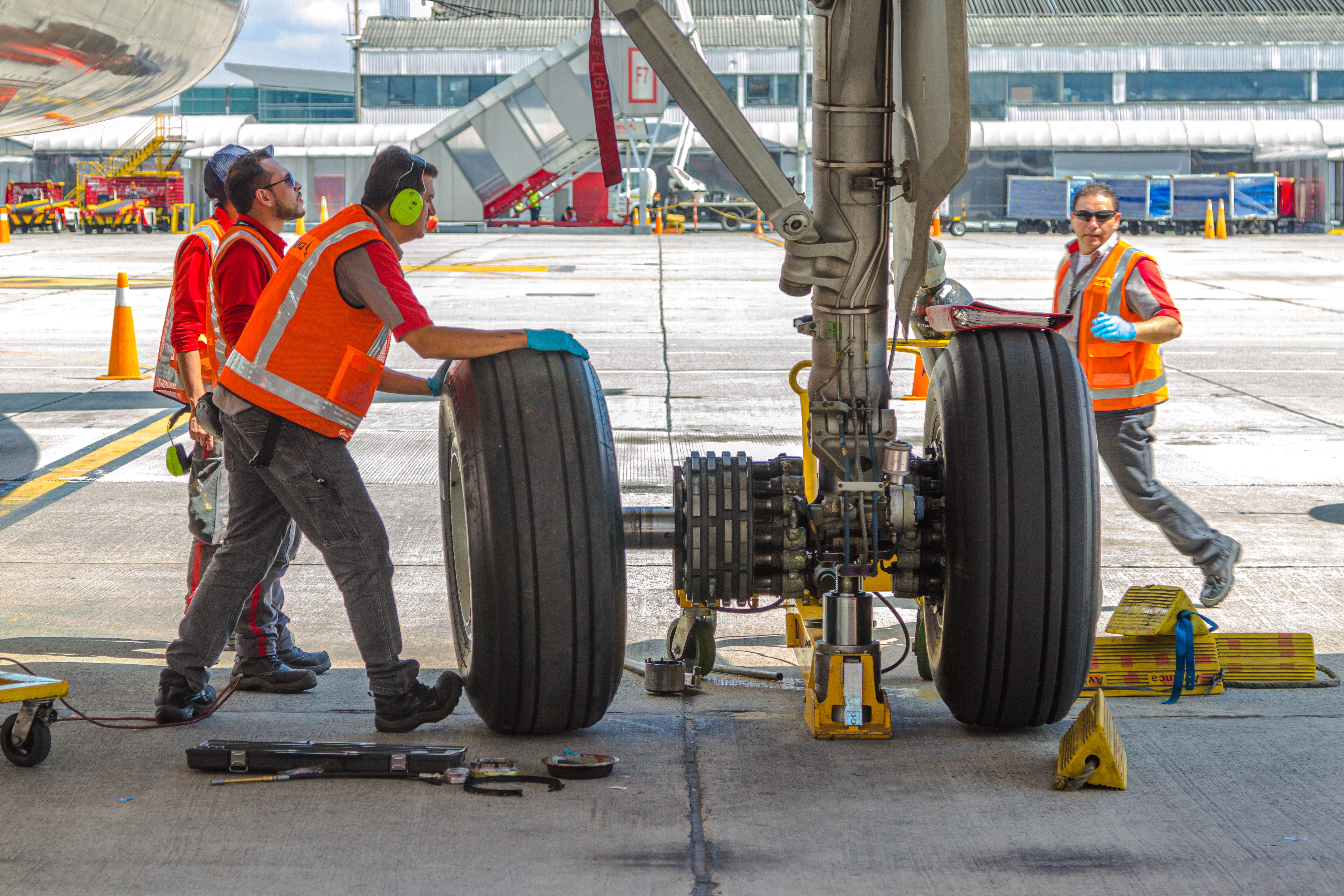
How Are Aircraft Tires Changed?
In general, this is done every 150 to 400 flight cycles
5 Aircraft wheels paved the way for the ABS
The anti-braking system was first introduced in 1929 for airplanes
The anti-lock braking system, or ABS, has saved the lives of countless people on the roads since the ’70s when it was first introduced thanks to an engineer of the Italian automotive manufacturer Fiat.
Not everyone knows, however, that this technology goes way back in time and that it was first introduced on aircraft. Indeed, the first ABS was developed in 1929 for the first aircraft to support them during landing, when the plane needs to brake firmly while simultaneously avoiding slipping due to the blocking of the wheels.
Photo: Edu Perez | Shutterstock
Needless to say, the ABS on an aircraft works in its own way, which is not precisely the same as for cars. Indeed, the ABS on a plane is commonly known as the Anti-skid System. Based on different mechanisms, the anti-skid system compares the aircraft’s speed with each main wheel’s. If the system detects that the speed of one of these is too slow compared to that of the aircraft, the brake on that wheel is temporarily released to allow speed to increase and prevent the wheel from skidding.
Do you know any other interesting fact about aircraft’s wheels and tires? Let us know by clicking on the comment button below!


